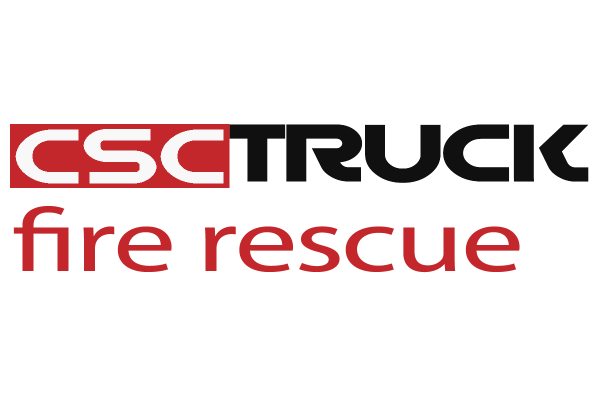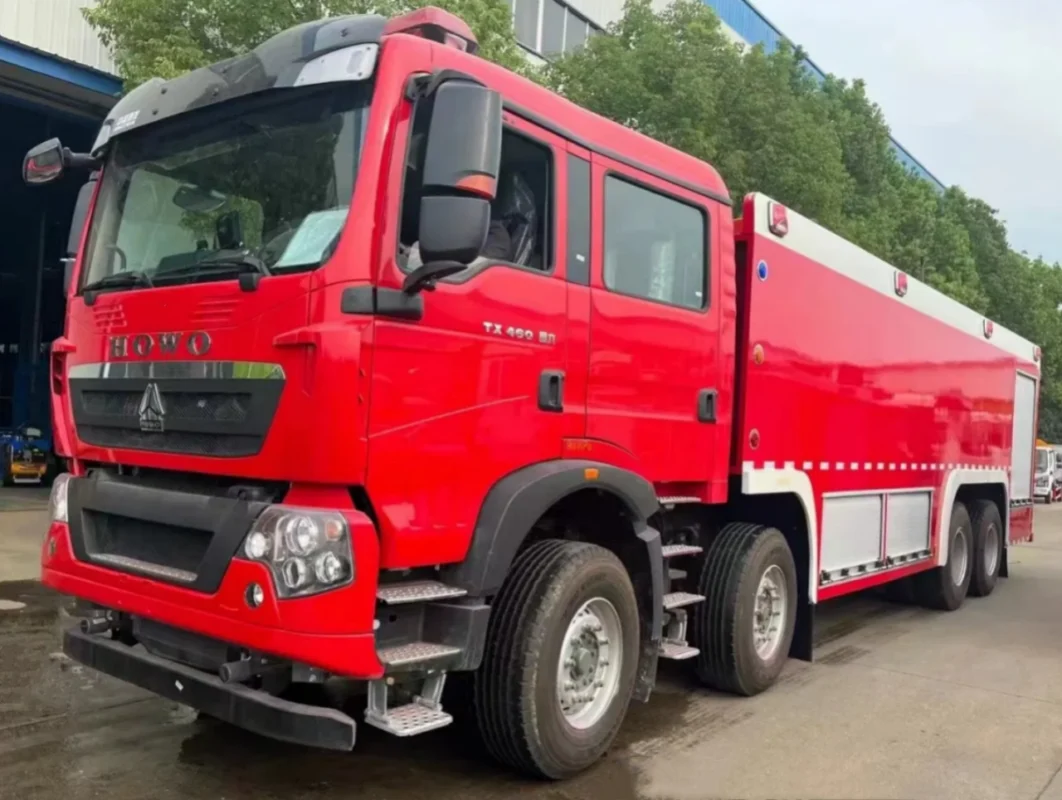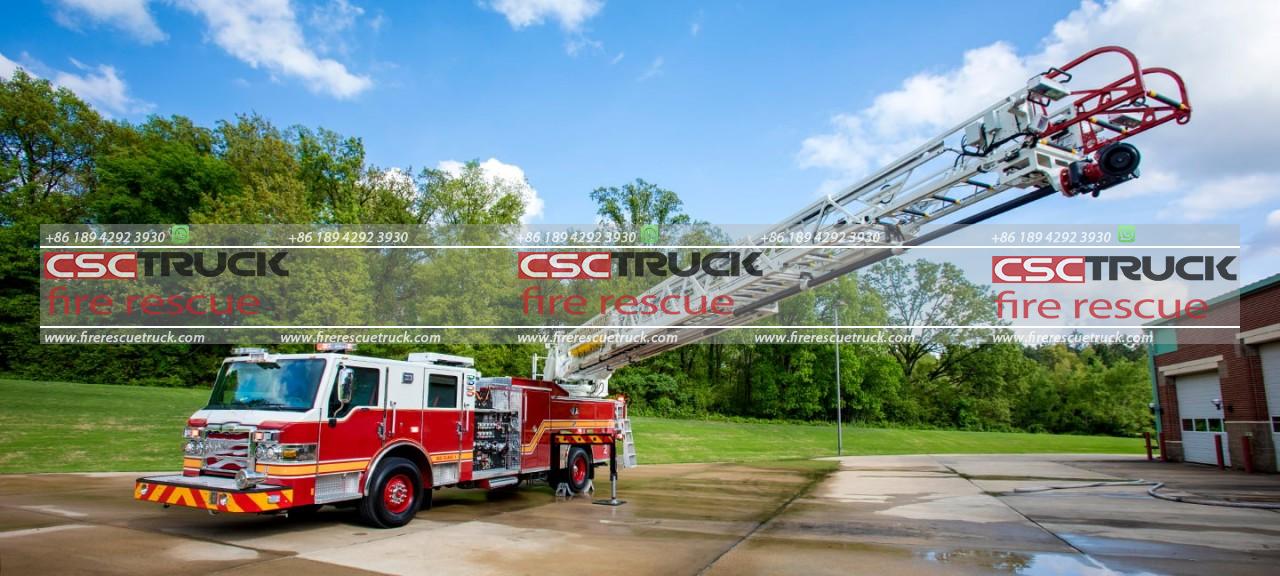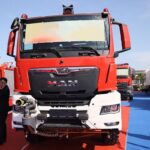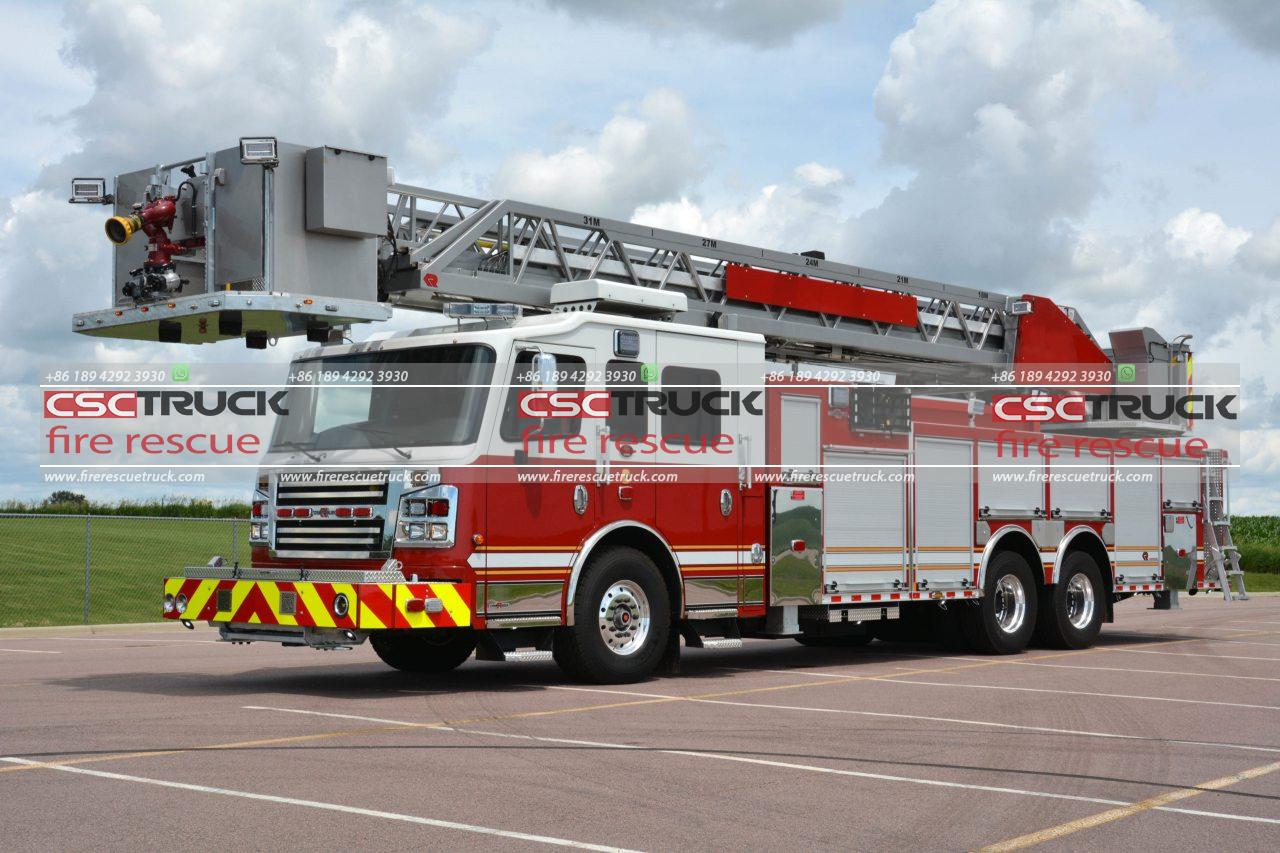Introduction
A mini pumper fire truck is a compact, high-performance firefighting vehicle designed for rapid response and maneuverability. These trucks play a crucial role in firefighting operations, especially in urban areas, rural communities, and places where larger fire apparatus cannot easily access. With their versatile capabilities, mini pumpers are essential tools for fire departments aiming for quick intervention in emergencies.
Design and Purpose
Mini pumper fire trucks are built on smaller chassis compared to full-size fire engines, often using commercial truck frames such as Ford, Chevrolet, or Dodge. Despite their smaller size, they are equipped with high-pressure pumps, water tanks, hose reels, and essential firefighting tools. The design prioritizes speed, efficiency, and the ability to navigate tight spaces where larger fire trucks may struggle.
These vehicles serve multiple purposes, including:
- Initial fire attack: Mini pumpers can arrive at the scene quickly and begin firefighting operations before larger apparatus arrives.
- Wildland firefighting: Their smaller size allows them to traverse rough terrain, making them ideal for brush fires and other remote incidents.
- Medical and rescue operations: Many mini-pumpers are equipped with emergency medical equipment, allowing them to serve as first response vehicles.
- Urban and industrial use: They can navigate congested streets, parking garages, and industrial facilities where full-size engines cannot go.
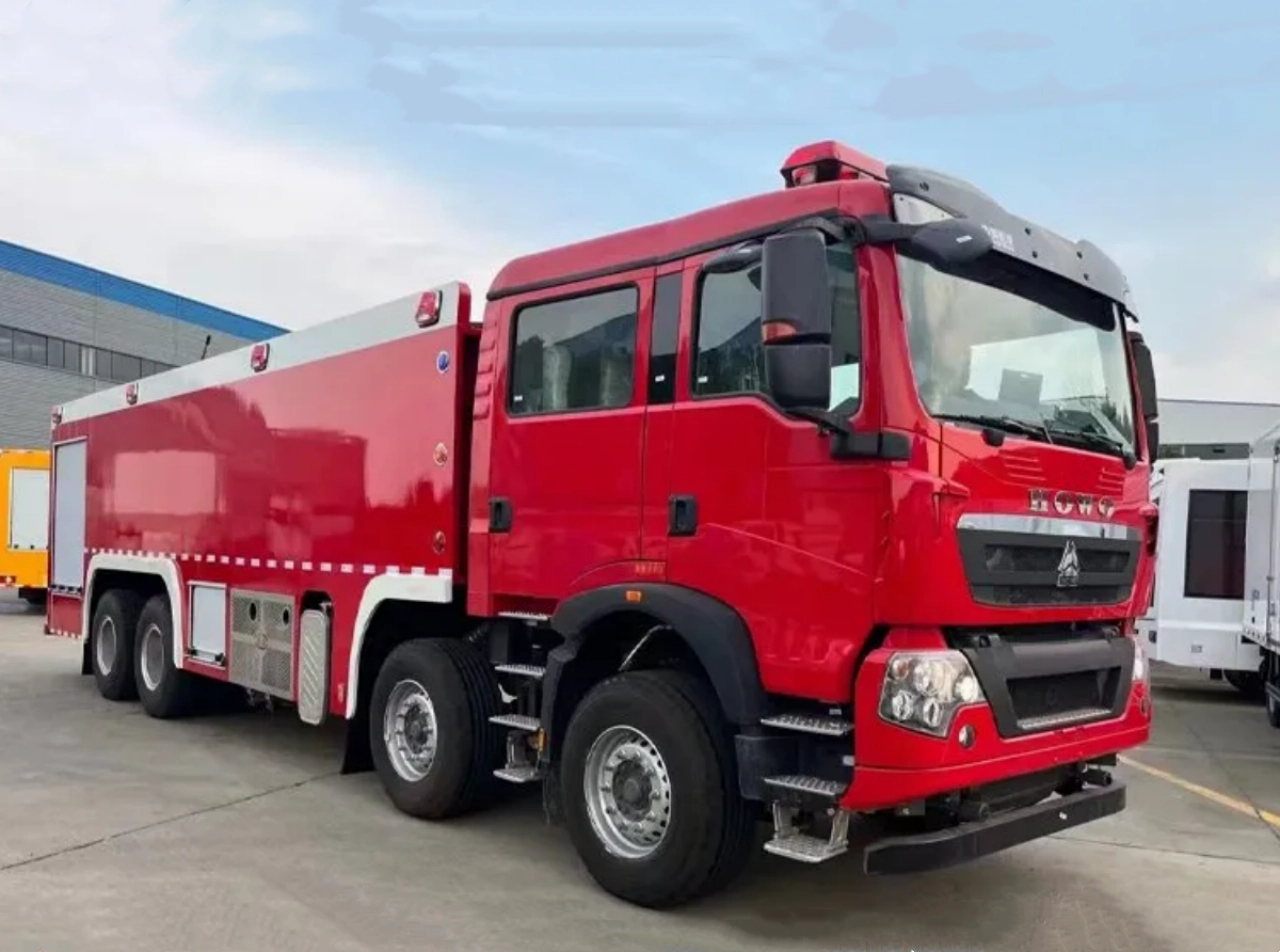
Key Features and Specifications
1. Chassis and Body
Mini pumpers are built on light to medium-duty truck chassis, which provides better fuel efficiency and cost-effectiveness. The body is usually constructed from aluminum or stainless steel for durability and corrosion resistance. Some models feature a 4-wheel-drive system, enhancing off-road capabilities.
2. Water Pump and Tank
- Pump Capacity: Typically, mini pumpers have pumps rated between 250 to 1,500 gallons per minute (GPM), depending on their configuration.
- Water Tank: Most mini pumpers carry between 150 to 500 gallons of water, making them suitable for quick attack operations where a hydrant supply is unavailable.
- Foam System: Many mini pumpers come equipped with foam proportioning systems to enhance firefighting efficiency, especially in fuel-related fires.
3. Hose and Nozzle Equipment
Mini pumpers carry pre-connected hose lines for rapid deployment. They may also feature:
- Booster reels: Useful for small fires or mop-up operations.
- Pre-connected attack lines: Typically 1.5-inch or 2.5-inch hoses for immediate fire suppression.
- High-pressure nozzles: Designed for effective water and foam application.
4. Compact Design and Maneuverability
Due to their small footprint, mini pumpers excel in urban environments with narrow streets and high traffic congestion. Their ability to make sharp turns and access hard-to-reach locations makes them an invaluable asset in certain fire scenarios.
5. Additional Equipment
Many mini pumpers are outfitted with tools and accessories such as:
- Emergency medical service (EMS) equipment
- Rescue tools (Jaws of Life, axes, pry bars, etc.)
- Thermal imaging cameras
- SCBA (Self-Contained Breathing Apparatus) storage
- Scene lighting and generators
Advantages of Mini Pumper Fire Trucks
- Rapid Response: Their smaller size and lighter weight allow for quicker acceleration and response times compared to full-size engines.
- Cost-Effective: Mini pumpers are generally more affordable than larger fire trucks, making them a cost-effective option for departments with budget constraints.
- Versatility: They can be used for fire suppression, medical response, and rescue operations.
- Lower Maintenance Costs: Operating and maintaining a mini pumper is typically less expensive than larger fire apparatus.
- Off-Road Capability: Many mini pumpers have four-wheel drive and rugged designs suitable for rough terrain and wildland firefighting.
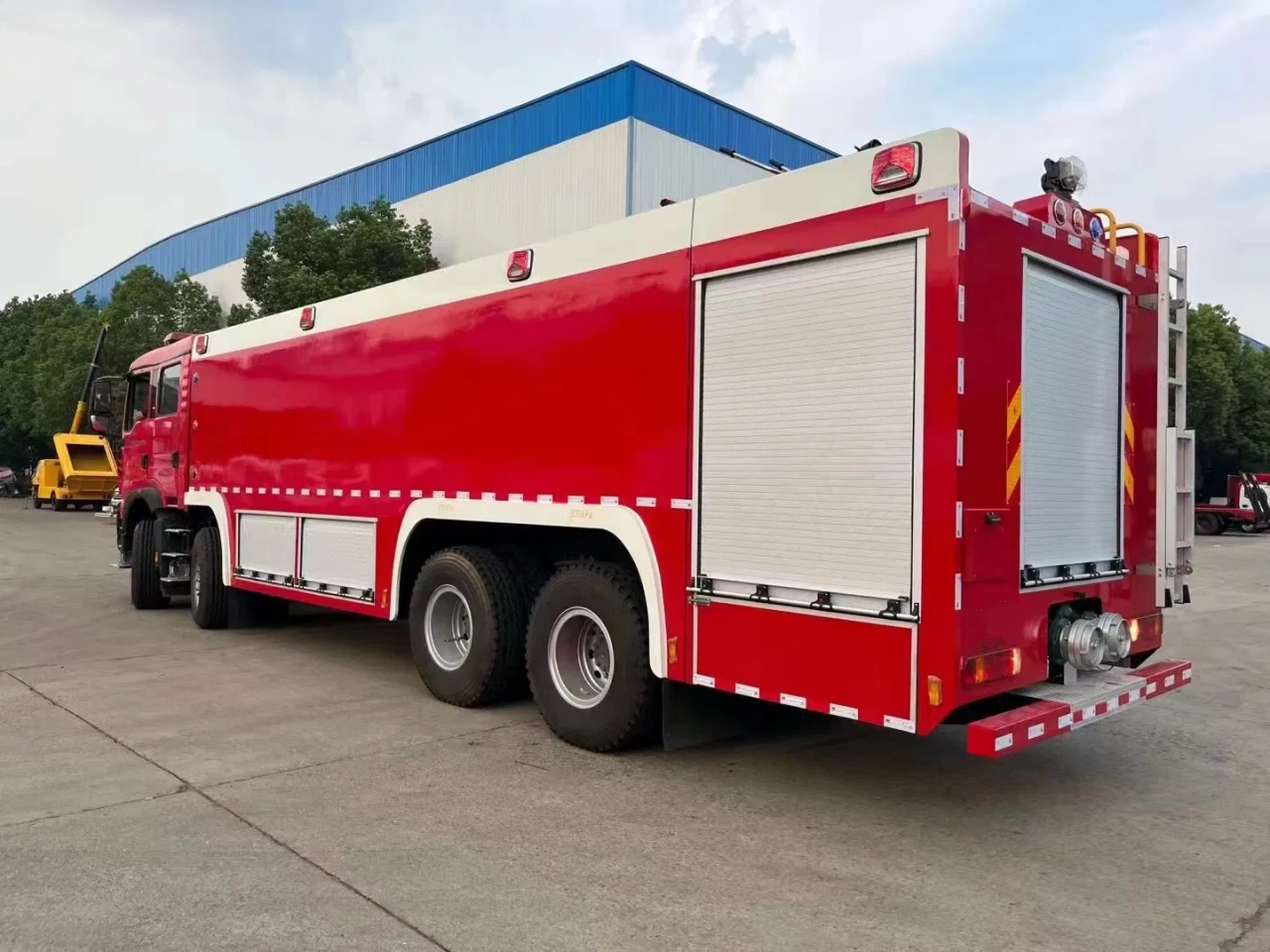
Limitations of Mini Pumpers
While mini pumper fire trucks offer many advantages, they also have some limitations:
- Limited Water Supply: With smaller water tanks, they may require additional resources or hydrant connections for extended firefighting operations.
- Lower Pump Capacity: Compared to full-size pumpers, mini pumpers have lower pumping capacities, which may limit their effectiveness in large-scale fires.
- Reduced Storage Space: Due to their compact size, storage for firefighting tools and equipment is limited.
- Not Ideal for Large Fires: Mini pumpers are best suited for quick attack and small fire incidents rather than structural fires requiring significant water flow.
Applications of Mini Pumpers
Mini pumper fire trucks are used in various scenarios, including:
- Residential and commercial fires: As first response units, to suppress small fires before they escalate.
- Industrial facilities: Where maneuverability and quick response times are essential.
- Airport firefighting: Often used for aircraft rescue and firefighting (ARFF) operations at smaller airports.
- Emergency medical response: Equipped with first aid and life-saving equipment.
- Wildland firefighting: Their off-road capabilities make them suitable for grass and brush fires.
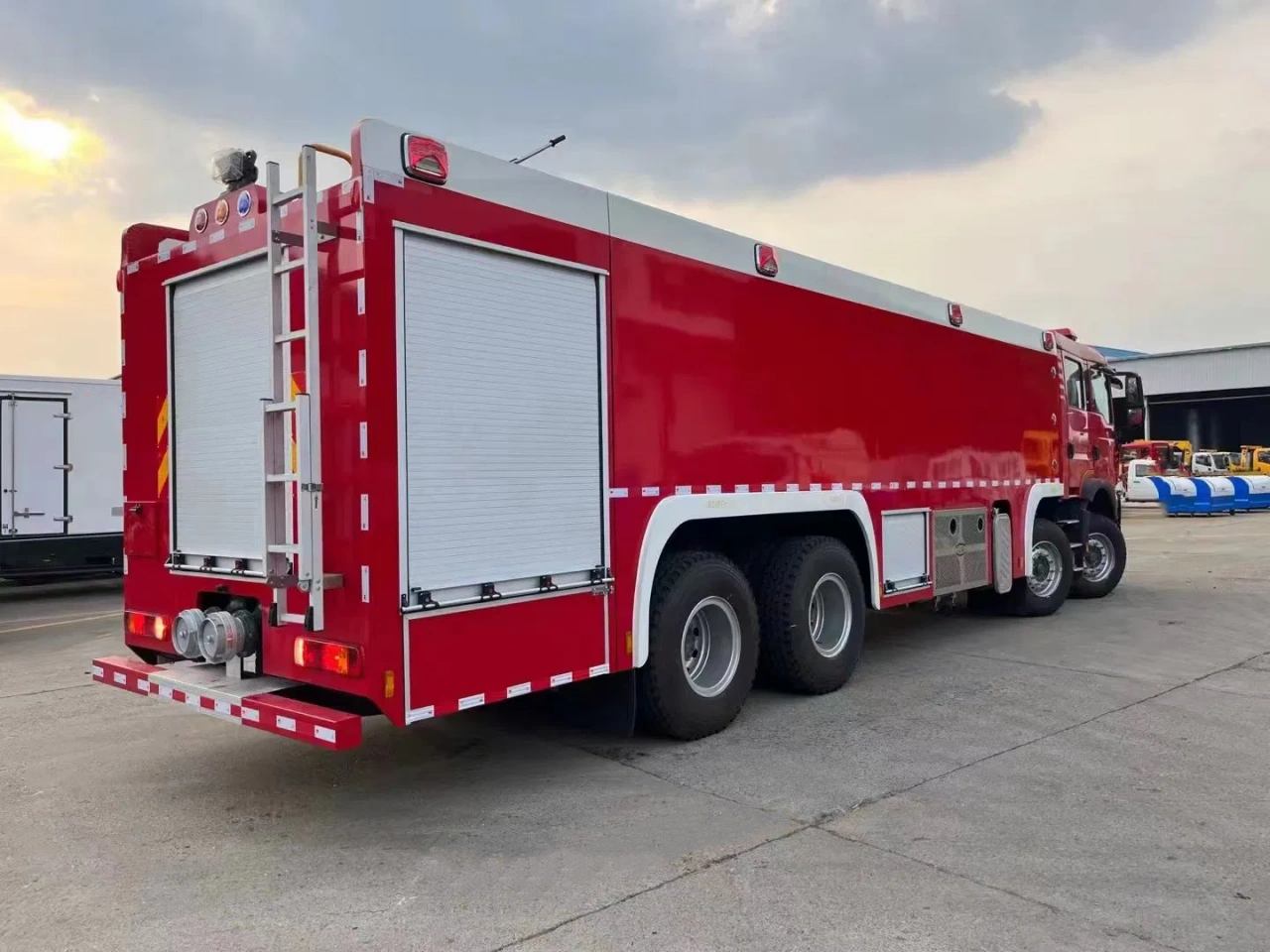
Conclusion
Mini pumper fire trucks are an essential part of modern firefighting fleets, offering speed, agility, and versatility in emergency response. While they are not a replacement for full-size pumpers, they serve as valuable quick-response units that can handle a wide range of situations. With advancements in firefighting technology, mini pumpers continue to evolve, making them even more effective in combating fires and saving lives.
